
Detecting common taints and defects
How to recognize, describe, and differentiate common taints and defects in coffee during sensory evaluation.

How to recognize, describe, and differentiate common taints and defects in coffee during sensory evaluation.
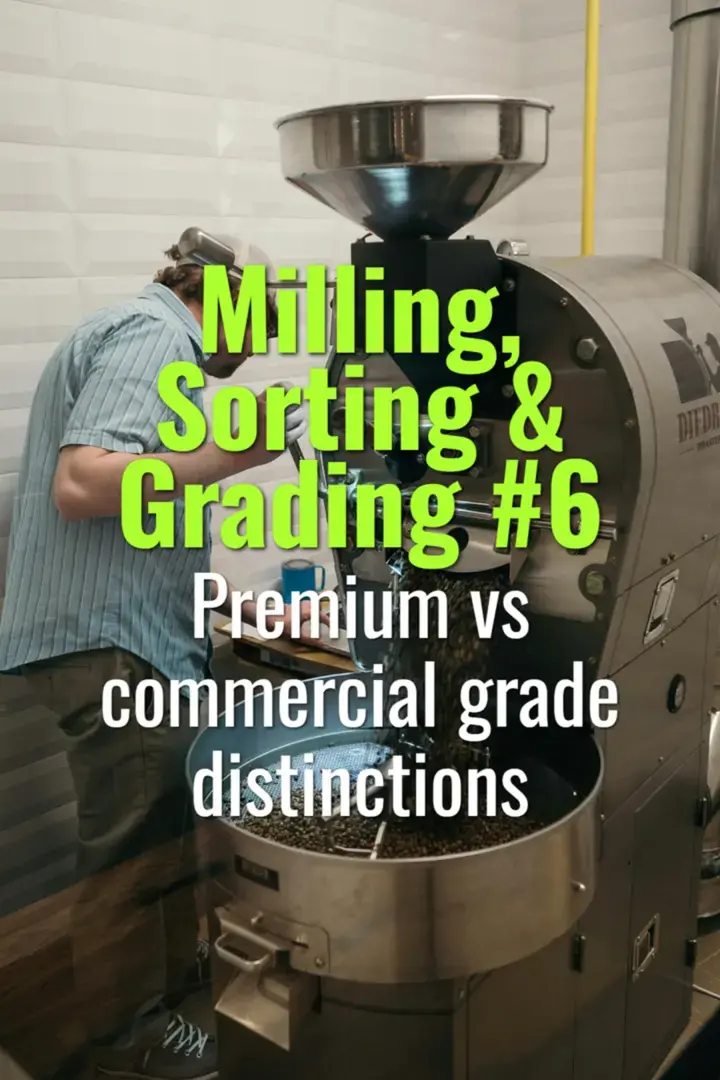
This topic explains the distinctions between premium (specialty-grade) and commercial-grade coffee, focusing on physical standards, sensory outcomes, and market implications.
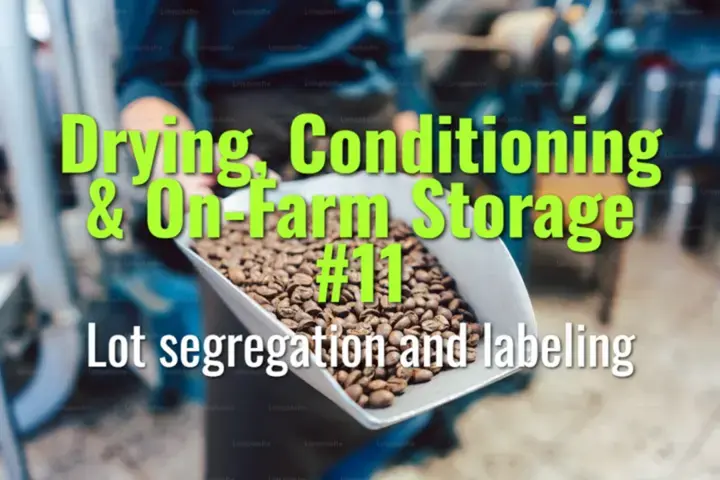
This topic explains how lot segregation and labeling are managed in coffee drying and storage, why they are essential for traceability, and how they impact quality consistency and market value.
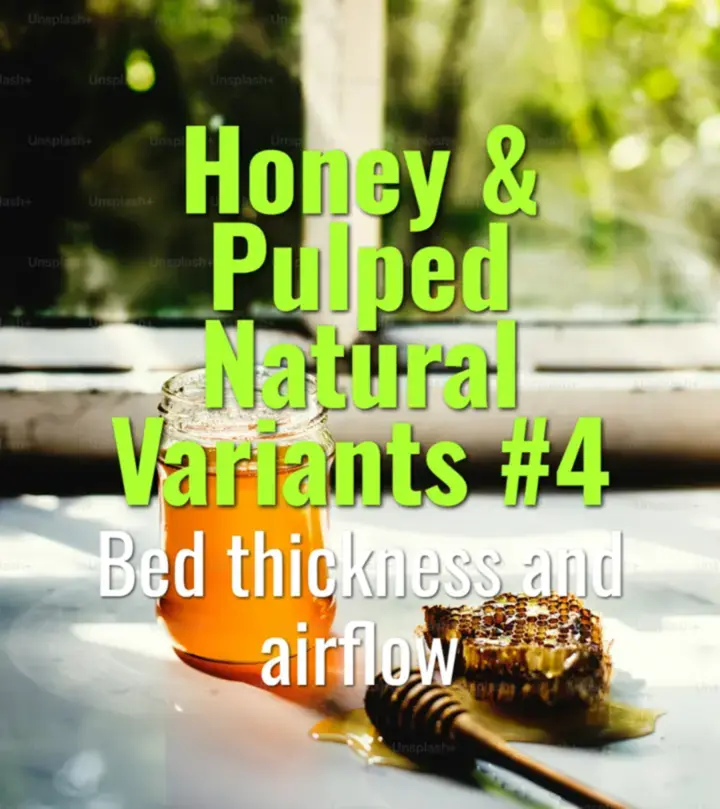
This topic explains how bed thickness and airflow are managed in honey and pulped natural coffee processing, why they matter for uniform drying, and their impact on flavor and defect prevention.
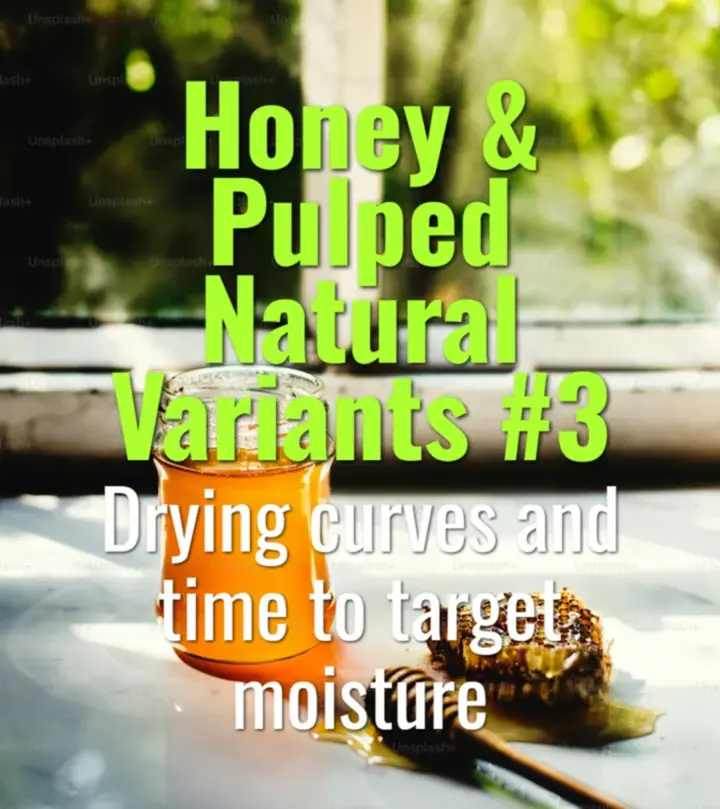
This topic explains drying curves in honey and pulped natural processes, how time to reach target moisture is managed, and why controlled drying is essential for flavor and stability.
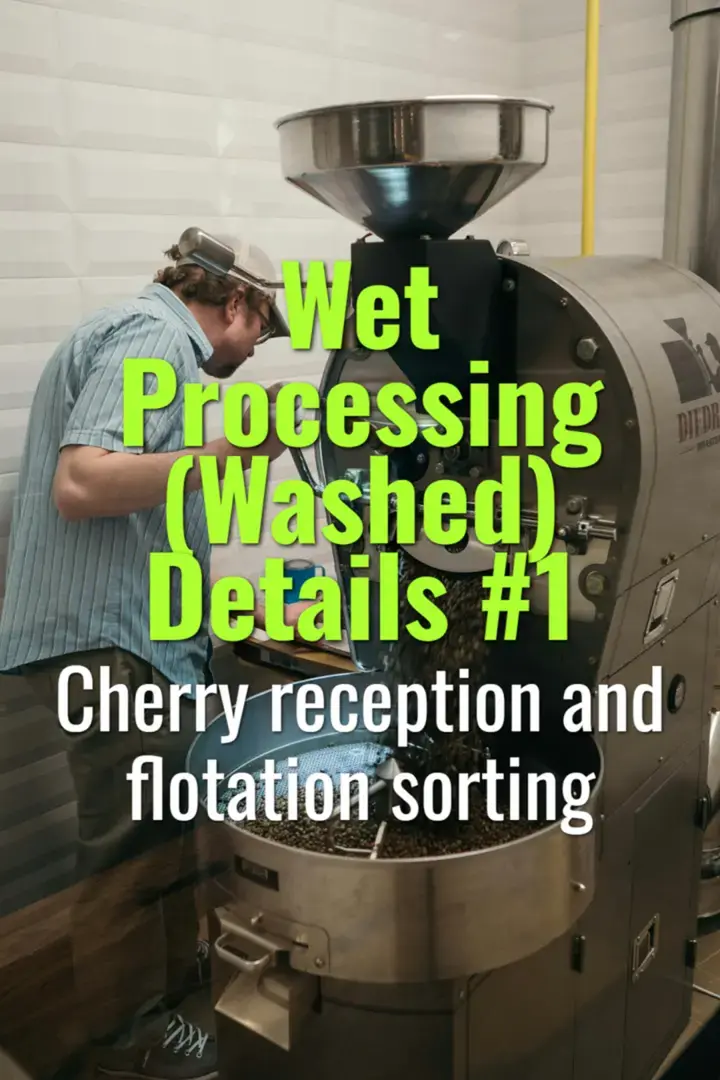
This topic explains the first steps in washed coffee processing—cherry reception and flotation sorting—detailing how farmers ensure only ripe, quality cherries move forward in the process.